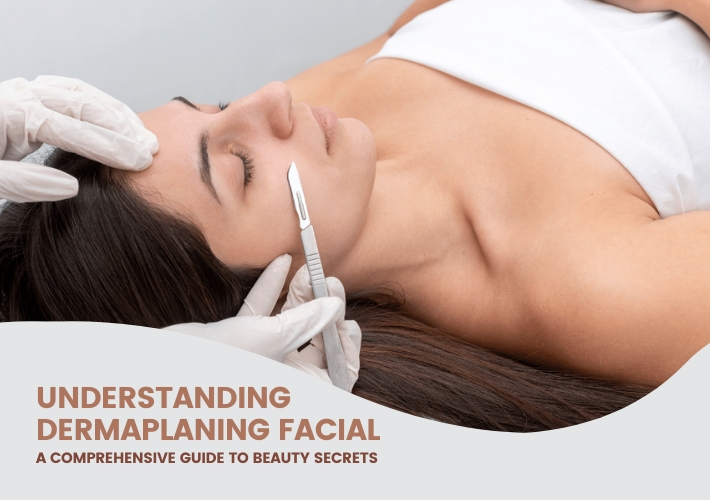
Welcome to the world of dermaplaning, where flawless, radiant skin is just a swipe away. In this comprehensive guide, we will delve into the fascinating world of understanding dermaplaning facial, uncovering the secrets behind this popular skincare treatment.
Dermaplaning is a non-invasive exfoliation technique that uses a surgical scalpel to gently remove dead skin cells and peach fuzz from the surface of the skin. This painless procedure helps reveal a smoother, brighter complexion, while also allowing skincare products to penetrate more effectively.
Throughout this article, we will explore the benefits of dermaplaning, bust some common misconceptions, and provide practical tips for incorporating this treatment into your skincare routine. Whether you’re a skincare enthusiast seeking a deep exfoliation or a professional looking to understand this technique better, this guide is a must-read.
Get ready to discover the secret behind that enviable, glowing skin. Join us as we unveil the beauty secrets of dermaplaning facial.
For a more intensive skin treatment, combining dermaplaning with a microneedling facial treatment can help in achieving smoother and more youthful skin
What is Dermaplaning Facial?
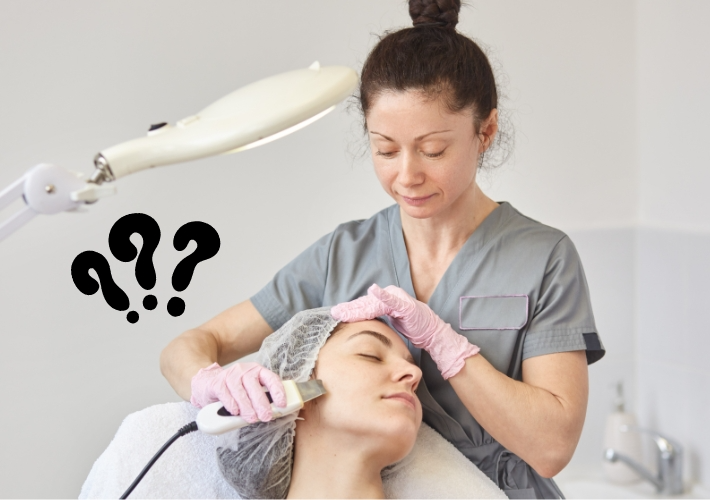
Dermaplaning is a non-invasive, physical exfoliation technique that uses a sterile, surgical-grade scalpel to gently scrape away the outermost layer of the skin. This process removes dead skin cells, fine vellus hair (also known as “peach fuzz”), and other impurities from the skin’s surface.
The procedure is performed by a licensed and trained skincare professional, who carefully glides the scalpel over the skin at a 45-degree angle. This technique effectively sloughs off the dull, uneven top layer of the epidermis, revealing the smoother, more radiant skin underneath.
Unlike other exfoliation methods that use harsh chemicals or abrasive scrubs, dermaplaning is a gentle and safe approach to achieving a glowing complexion. The process is virtually painless, with minimal to no discomfort experienced by the client during the treatment. Dermaplaning is often considered a gateway treatment, as it prepares the skin for better absorption of skincare products and enhances the overall effectiveness of subsequent treatments.
Benefits of Dermaplaning Facial
One of the primary benefits of dermaplaning is its ability to deeply exfoliate the skin. By removing the uppermost layer of dead skin cells, dermaplaning reveals a brighter, more even-toned complexion. This exfoliation process helps to minimize the appearance of fine lines, wrinkles, and acne scars, as well as improve skin texture and smoothness.
In addition to its exfoliating properties, dermaplaning also helps to remove the fine vellus hair, commonly referred to as “peach fuzz,” that can accumulate on the skin’s surface. The removal of this hair not only creates a smoother, more refined appearance, but it also allows for better product penetration and a more flawless makeup application.
One of the advantages of facial massage is similar to dermaplaning, as both stimulate circulation and improve skin texture.
Another significant benefit of dermaplaning is its ability to enhance the effectiveness of other skincare treatments. By removing the top layer of dead skin cells, dermaplaning allows active ingredients in serums, creams, and masks to penetrate deeper into the skin, resulting in more noticeable and long-lasting results. This makes dermaplaning an excellent precursor to treatments such as chemical peels, microneedling, or even facials that incorporate additional extractions or modalities.
How Dermaplaning Facial Works
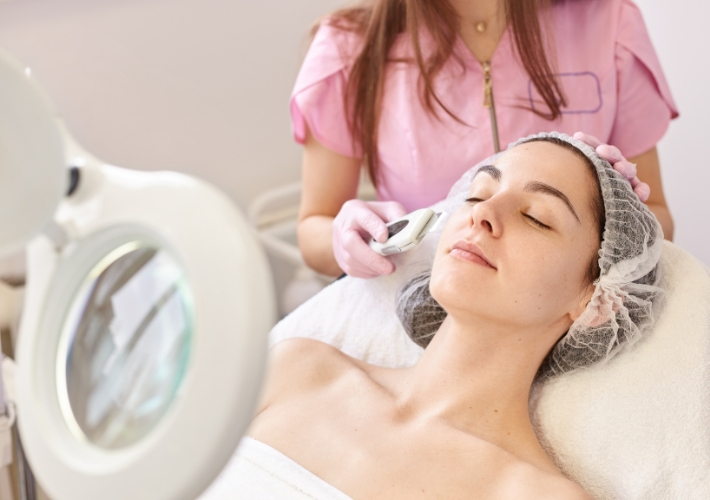
The dermaplaning facial procedure is a straightforward and relatively quick process, typically taking between 30 to 45 minutes to complete. The process begins with a thorough cleansing of the skin to remove any makeup, oil, or impurities that may be present.
Once the skin is clean, the licensed skincare professional will use a sterile, surgical-grade scalpel to gently glide over the skin’s surface at a 45-degree angle. The scalpel is held parallel to the skin, and the professional will use short, feathery strokes to remove the dead skin cells and vellus hair.
During the treatment, the client may experience a slight tickling or pulling sensation, but the procedure is generally painless. The skincare professional will carefully navigate around the delicate areas of the face, such as the under-eye region and the lips, to ensure a safe and comfortable experience.
Is Dermaplaning Facial Safe?
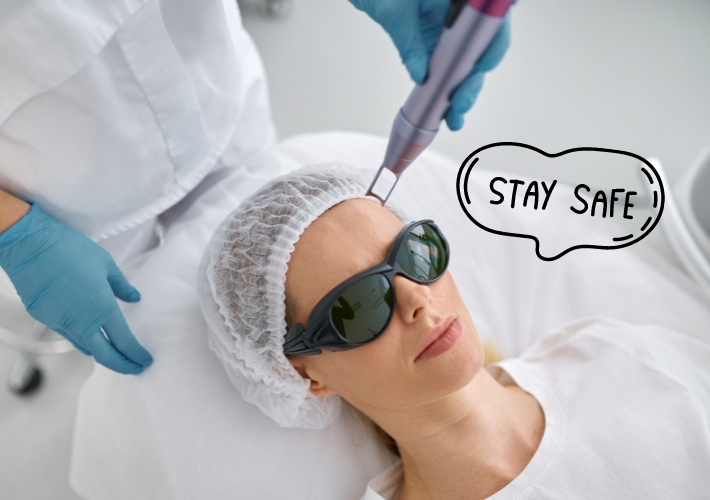
Dermaplaning is considered a safe and effective skincare treatment when performed by a licensed and trained professional. The procedure is non-invasive, and the use of a sterile scalpel ensures that the risk of infection or injury is minimal.
However, it’s important to note that individuals with certain skin conditions or sensitivities may not be suitable candidates for dermaplaning. Patients with active acne, rosacea, or open wounds should avoid the treatment, as the scraping motion can exacerbate these conditions and potentially lead to further irritation or inflammation.
Additionally, individuals who are taking certain medications, such as retinoids or certain antibiotics, may need to consult with their dermatologist before undergoing a dermaplaning facial. These medications can increase the skin’s sensitivity and make it more prone to irritation or peeling during the treatment.
Who Can Benefit from Dermaplaning Facials?
Dermaplaning is a versatile skincare treatment that can benefit a wide range of skin types and concerns. One of the primary advantages of dermaplaning is that it is suitable for all skin types, from dry and sensitive to oily and acne-prone.
Individuals with dull, uneven skin tone or texture can greatly benefit from the exfoliating properties of dermaplaning. By removing the top layer of dead skin cells, the treatment can help to reveal a brighter, more radiant complexion. Additionally, those with fine lines, wrinkles, or acne scars may see an improvement in the appearance of these concerns after a dermaplaning facial.
Dermaplaning can also be particularly beneficial for those with excess facial hair or “peach fuzz.” The removal of this fine vellus hair can create a smoother, more refined appearance, as well as improve the application and wear of makeup.
Additionally, expert facial tips for men often include dermaplaning to improve texture, minimize ingrown hairs, and smooth skin for better grooming.
Preparing for a Dermaplaning Facial
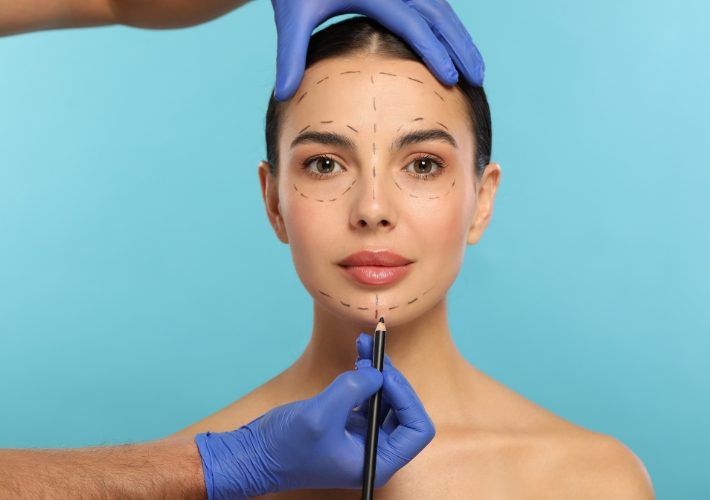
Before undergoing a dermaplaning facial, it’s essential to properly prepare the skin to ensure the best possible results and a comfortable experience.
First and foremost, it’s crucial to avoid any harsh exfoliating treatments or products for at least one week prior to the dermaplaning appointment. This includes scrubs, chemical peels, and even some at-home microdermabrasion tools. Allowing the skin to rest and recover will help minimize any potential irritation or sensitivity during the dermaplaning procedure.
If you are unsure about your skin type or preparation steps, it’s always best to find a good dermatologist who can offer personalized advice.
It’s also recommended to avoid direct sun exposure and the use of retinoids or other active ingredients that can increase the skin’s sensitivity for at least a week before the treatment. This will help ensure that the skin is in optimal condition to undergo the dermaplaning process.
The Dermaplaning Facial Process
The dermaplaning facial process typically begins with a thorough cleansing of the skin to remove any makeup, oil, or impurities that may be present. The skincare professional will then use a sterile, surgical-grade scalpel to gently glide over the skin’s surface at a 45-degree angle.
During the procedure, the skincare professional will use short, feathery strokes to remove the dead skin cells and vellus hair from the skin’s surface. They will carefully navigate around the delicate areas of the face, such as the under-eye region and the lips, to ensure a safe and comfortable experience for the client.
Once the dermaplaning process is complete, the skincare professional may apply a soothing, hydrating serum or mask to the skin to help calm any potential redness or sensitivity. They may also recommend the use of a broad-spectrum sunscreen to protect the newly exposed skin from sun damage.
Aftercare Tips for a Dermaplaning Facial
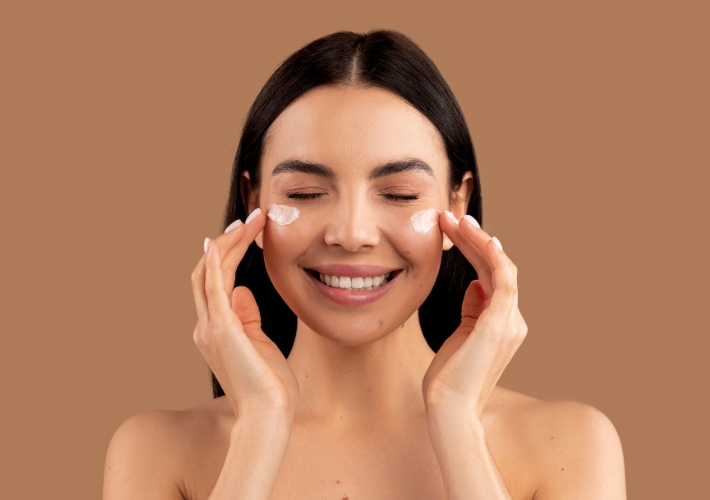
After a dermaplaning facial, it’s essential to follow a gentle, nourishing skincare routine to support the skin’s healing and maintain the results of the treatment.
Immediately after the procedure, it’s recommended to avoid any harsh or active ingredients, such as retinoids, alpha-hydroxy acids, or benzoyl peroxide, as the skin may be more sensitive. Instead, opt for gentle, hydrating products that can help soothe and replenish the skin.
It’s also crucial to protect the skin from sun exposure, as the newly exposed skin is more vulnerable to UV damage. Be sure to apply a broad-spectrum sunscreen with an SPF of 30 or higher and reapply it throughout the day.
Frequently Asked Questions about Dermaplaning Facial
Q: Does dermaplaning hurt?
A: Dermaplaning is generally considered a painless procedure. Clients may experience a slight tickling or pulling sensation during the treatment, but it is not typically described as painful.
Q: How long does a dermaplaning facial last?
A: The dermaplaning facial process typically takes between 30 to 45 minutes to complete, depending on the individual’s skin condition and the extent of the treatment.
Q: How often should I get a dermaplaning facial?
A: Most skincare professionals recommend getting a dermaplaning facial every 4 to 6 weeks, as this allows for the optimal removal of dead skin cells and the maintenance of a healthy, glowing complexion.
Q: Can I do dermaplaning at home?
A: While there are at-home dermaplaning tools available, it is generally recommended to have the procedure performed by a licensed and trained skincare professional. Improper technique or the use of unsterile tools can lead to skin irritation, cuts, or infections.
Q: Is dermaplaning safe for sensitive skin?
A: Dermaplaning can be safe for sensitive skin, but it’s important to consult with a skincare professional to ensure that the treatment is appropriate for your individual skin type and concerns. Proper preparation and aftercare are crucial for sensitive skin.
Conclusion
Unveiling the beauty secrets of dermaplaning facial is a journey of discovery, where flawless, radiant skin is just a swipe away. This comprehensive guide has explored the fascinating world of this non-invasive exfoliation technique, uncovering the benefits, safety, and practical tips for incorporating it into your skincare routine.
Whether you’re seeking a deeper exfoliation, a smoother complexion, or simply a way to enhance the effectiveness of your other skincare treatments, dermaplaning facial is a versatile and transformative option. By understanding the process, preparing your skin, and following proper aftercare, you can unlock the full potential of this skin-reviving treatment.
If you’re in the local area and seeking professional dermaplaning, you can try dermaplaning facial for Arlington VA, known for its advanced techniques and highly rated services.
Embrace the power of dermaplaning and unlock the secrets to a more luminous, youthful-looking complexion. Start your journey to flawless, glowing skin today.
